The health and happiness of a woolgrower is inextricably linked to the health and happiness of the sheep under their care.
Since 2001, Australian woolgrowers have invested AU$77 million into research and development that focuses on the health and welfare of their sheep.
The Merino is one of the world’s most ancient breeds of sheep, but the Australian Merino has specifically adapted during the past 200 years to thrive in the extremes of the Australian climate and landscape. This adaptation has enabled Australian Merino sheep to grow the finest wool in the world and while these sheep roam freely, Australian woolgrowers work tirelessly to ensure their sheep are cared for with best practise management.
We work alongside Australia’s woolgrowers to ensure Australia’s strict animal welfare laws are understood and woolgrowers have access to the best information and research available to align with these welfare laws.
The Woolmark Company and Australian woolgrowers share a mutual concern for the health and wellbeing of Australian sheep and we support woolgrowers employing innovative, sustainable farming practices that build on the intuitive wisdom of generations of woolgrowers.
A year in the life of an Australian Merino sheep
Environment
Pastures
Woolgrowers work with nature and the seasonal shifts specific to their region when managing the welfare of their sheep. From the high rainfall zones of the eastern tablelands to the expansive central plains and western wheatbelt, Australian woolgrowers adapt their management to benefit their sheep.
Joining
Autumn
In a traditional, fine wool-growing area, ewes are commonly joined with rams in autumn when the sheep are healthy and strong after the summer.
Health
Winter
Sheep are given a yearly drench (medicine administered for worms and other parasites) often before the rains of winter set in. Different medicine is administered for different parasites and if there is a change in climate, woolgrowers will adapt the timing and kind of drench to suit the needs of the sheep to maintain their health.
Shearing
Spring
Shearing fine wool Merinos is often a spring activity where the ewes are the first shorn, followed by the wethers and hoggets (two-year-olds). Woolgrowers oversee the shearing process and woolgrowers are able to dismiss any shearer who breaches animal welfare standards.
Lambing
Spring
If joined with the rams in autumn, ewes will then start to lamb when the fresh spring grasses provide abundant nutrition for both ewe and new-born lamb. Woolgrowers will often supplement the ewes’ nutrition with vitamins and minerals to ensure they are in optimal health throughout pregnancy and raising their lamb.
Weaning
Summer
In the summer months the spring lambs are weaned from the ewes and to prevent diseases the lambs are vaccinated. Both ewes and lambs are taken to fresh paddocks to feed on new pastures before the yearly cycle starts again.
Animal health and welfare
Australian Wool Innovation, The Woolmark Company's parent company, engages closely with animal health and welfare organisations in Australia, including the Australian Veterinary Association (AVA). Along with these engagements, The Woolmark Company and Australian woolgrowers collaborate with universities, industry bodies, government departments and research institutions to ensure their management practices are scientifically-based and proven to provide the best welfare of their animals with the aim of meeting the intent of the Five Welfare Domains for the Australian sheep population.
The Five Welfare Domains are:
- Nutrition
- Environment
- Health
- Behaviour
- Mental state
Australian woolgrowers work to ensure their sheep are cared for in a way that meets these Five Welfare Domains and constantly look for improvements to be included in their management practises.
One specific welfare issue that Australian Merino sheep are susceptible to is the debilitating condition known as flystrike. Australian woolgrowers have been proactive in collaborating with researchers and industry to protect Australian sheep against this condition.
To date, Australian woolgrowers have invested AU$41.6 million to combat flystrike.
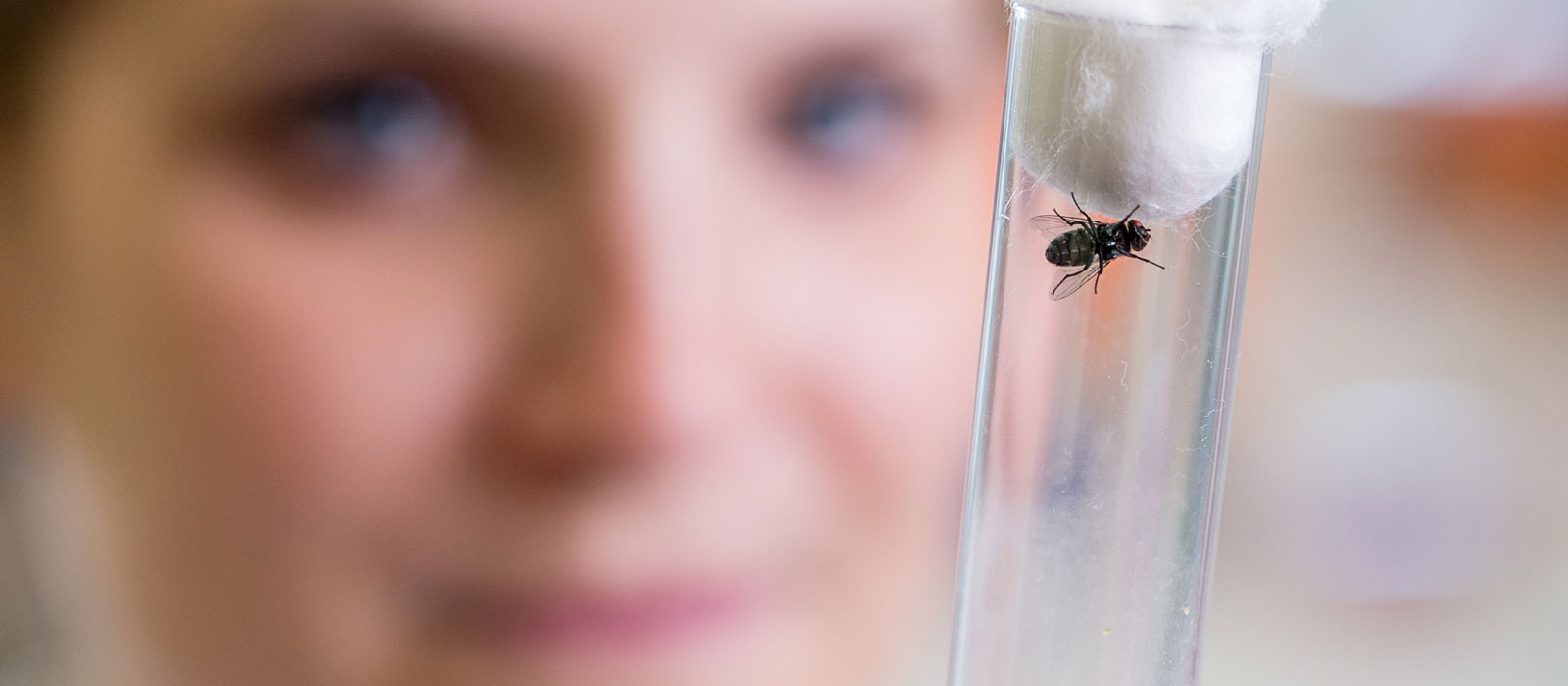
Along with investing in emerging innovations in science and technology, Australian woolgrowers personally care for the wellbeing of their sheep day-in, day-out with compassion and the knowledge gained from generations living and working with nature.
The majority of Australian wool producing farms are family owned and run. This means that families work together to manage their sheep mob and adapt their practices to suit the lifecycles of their sheep and the fluctuations of the season.
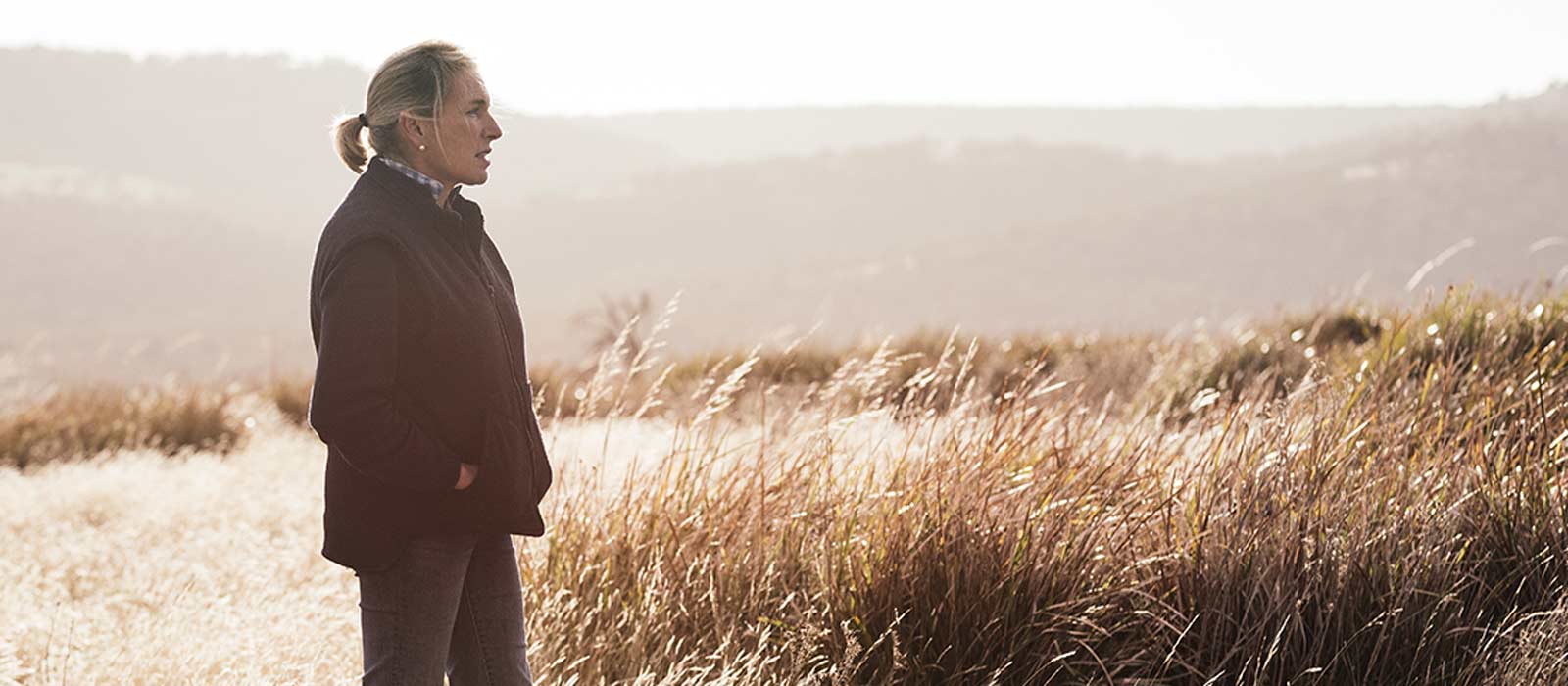
Sheep dogs
Sheep dogs are invaluable colleagues for Australian woolgrowers. Bred specifically to work with sheep, the Australian kelpie and Border Collie are the most common breeds used by woolgrowers to muster sheep.
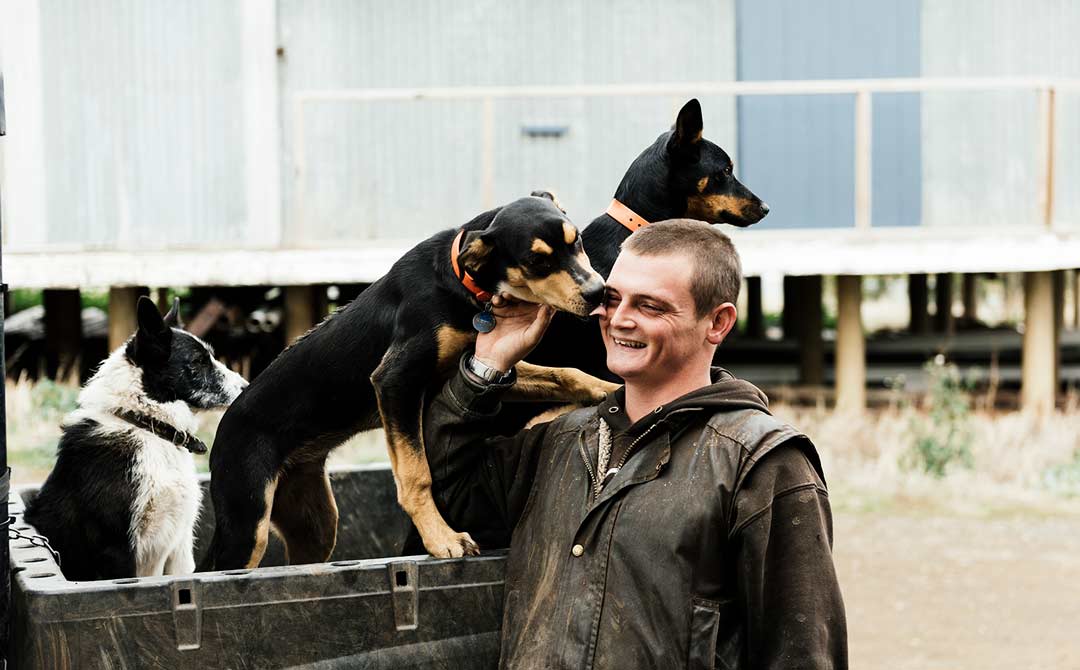
Known for their intelligence, loyalty and hard-working nature, these working dogs are experts when it comes to mustering sheep. Woolgrowers ensure their sheep dogs are well trained to muster sheep and many woolgrowers practise low-stress handling techniques.
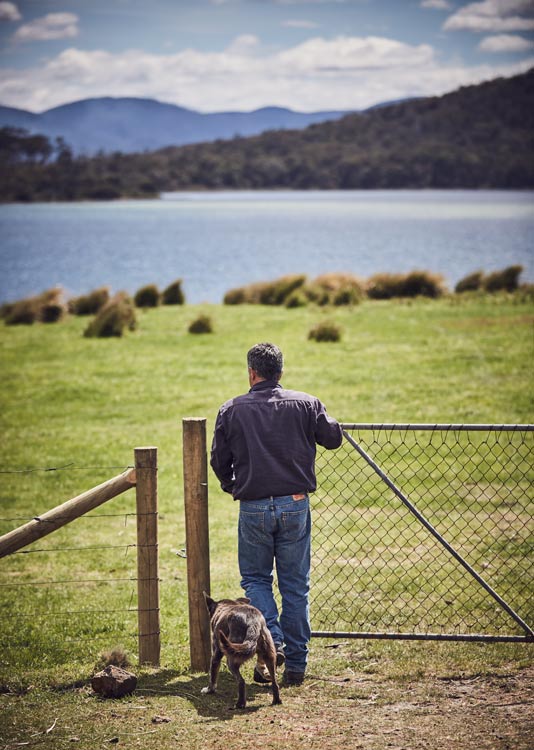
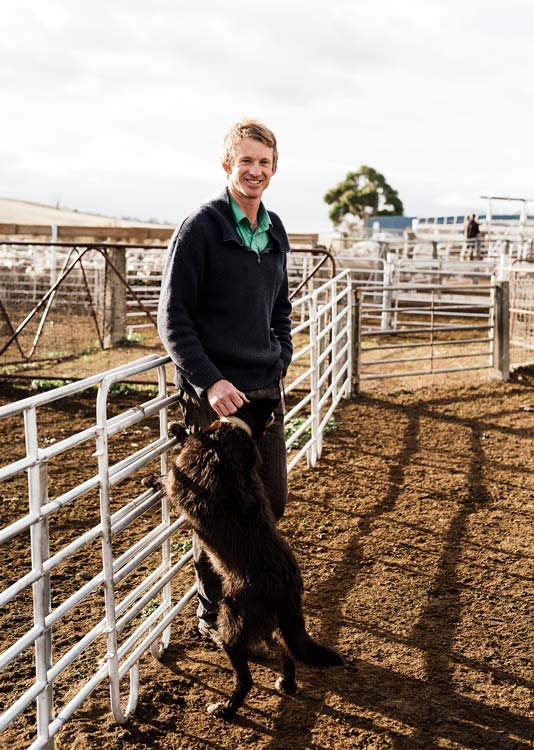
And like any manager of a team, woolgrowers know that when the team is happy and healthy, they work the best.
For more information on animal welfare within the Australian wool industry, please contact your local Woolmark office.
More on our ethos: PEOPLE | ENVIRONMENT